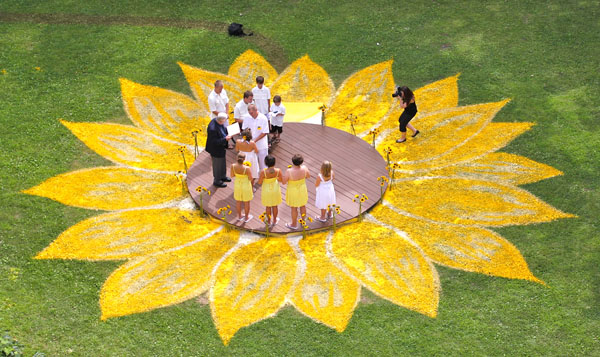Blimps are used for countless aerial photography applications, typically including publicity campaigns, special events, architecture, agriculture, archaeology, land and natural resource surveys and even law enforcement. They are normally used for aerial photography at relatively low altitudes and in calm conditions. They are not suitable in windy or unstable conditions. Flying locations should obviously be relatively free of obstructions such as tall buildings, trees and overhead power lines, but a blimp can nevertheless be used to photograph relatively inaccessible locations where other forms of aerial photography are not practicable. It is advantageous to have access to a large upwind open area close to the site where aerial photography is planned. Sports fields and parks are obvious examples where permission might be obtained to work.
Air traffic regulations usually limit the maximum operating height to about 200 feet depending upon national and local regulations. When operation at greater heights is planned, permission should be sought from the relevant air traffic authorities. Operation near airports or airfields, and on commercial flightpaths, is likely to be severely restricted.
Blimps vary in size from about 12 - 25 feet in length. Helium gas to inflate a blimp is relatively safe but must be handled in accordance with supplier's safety instructions. The gas costs about £150 for 10 cubic metres. Additional helium must be added every day to keep the blimp fully inflated. helium is a very "slippery" gas and escapes from even the highest quality vessels.
Blimps provide a very stable platform for aerial photography and can be used to lift high-quality camera equipment to a carefully controlled height to obtain ideal perspective.
Image by kind permission of Eagle Eye Photography.







